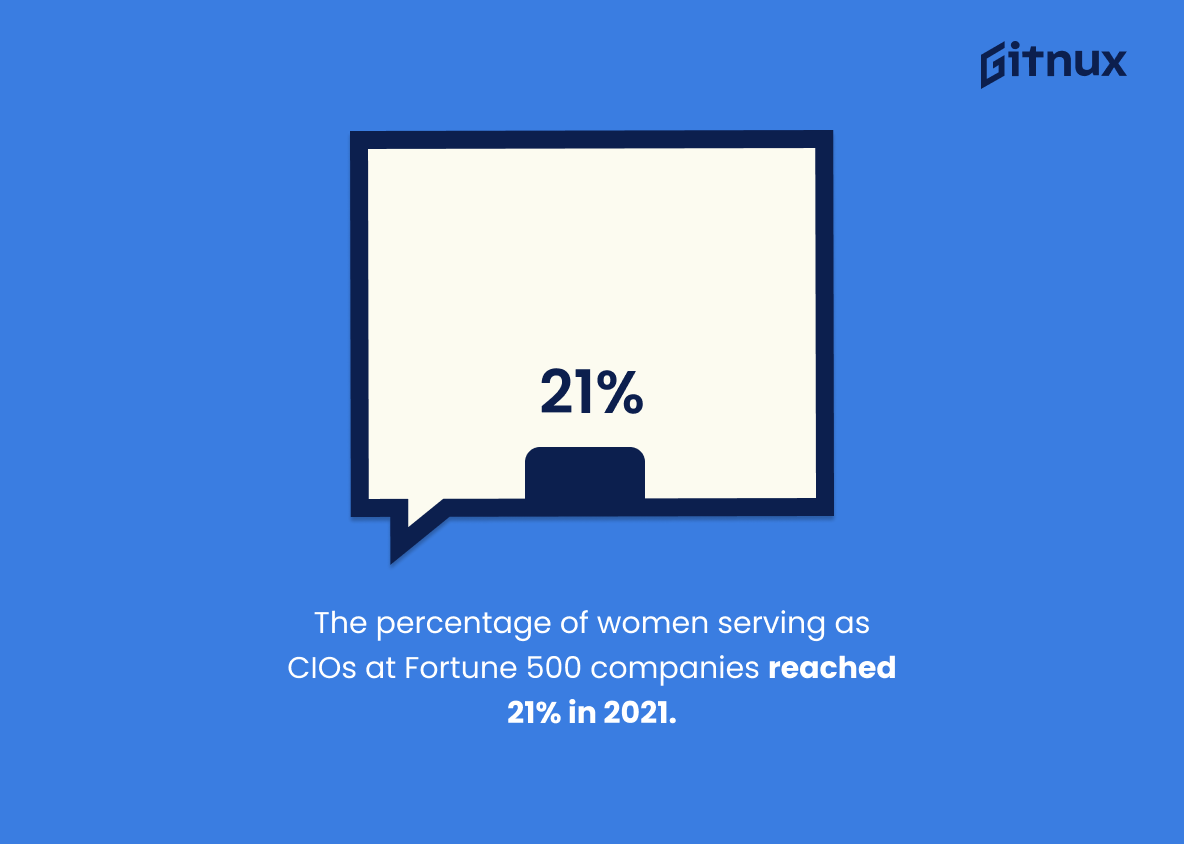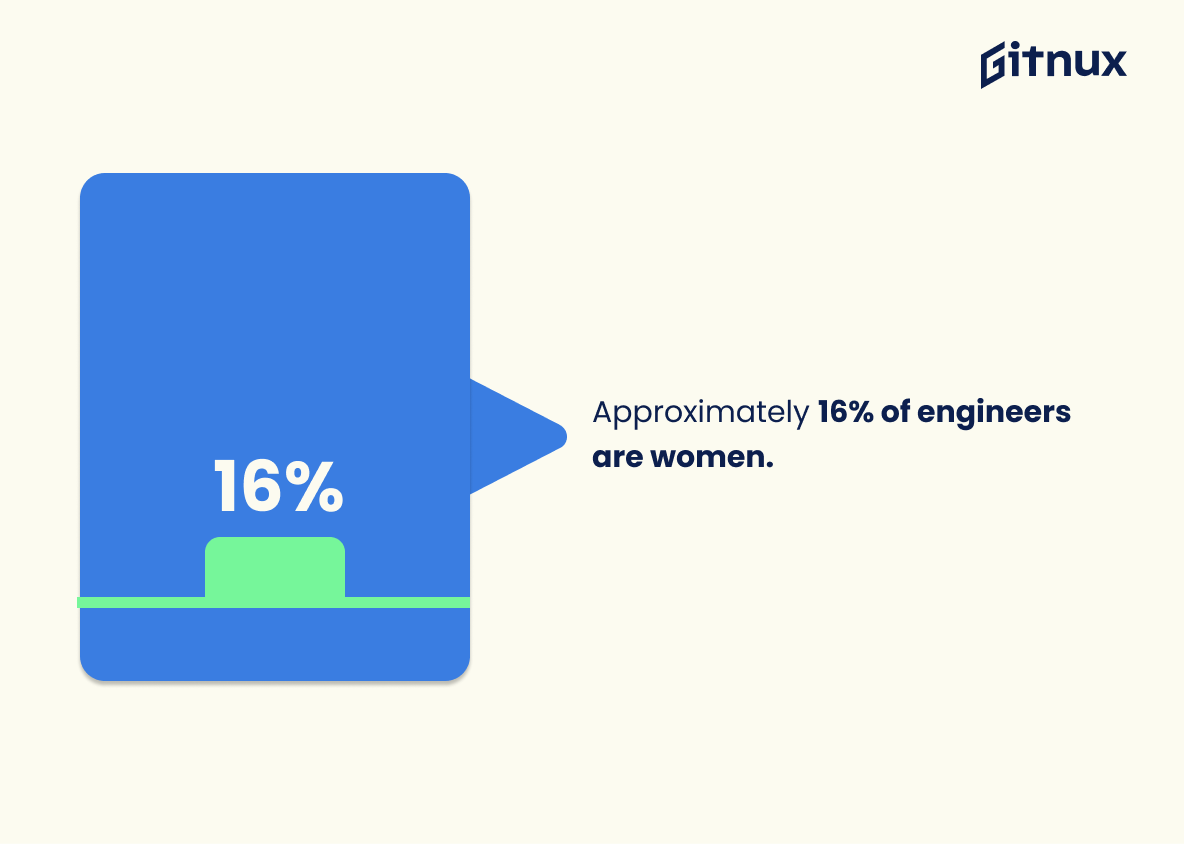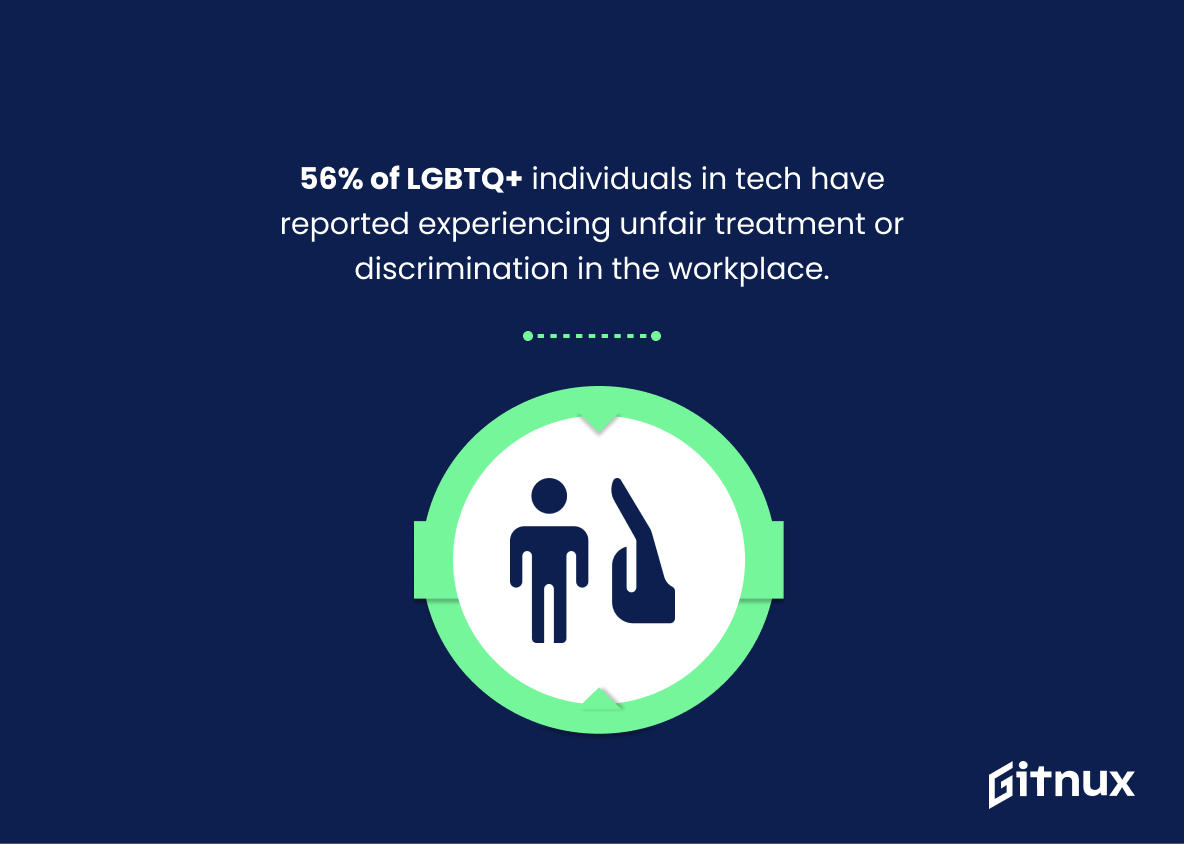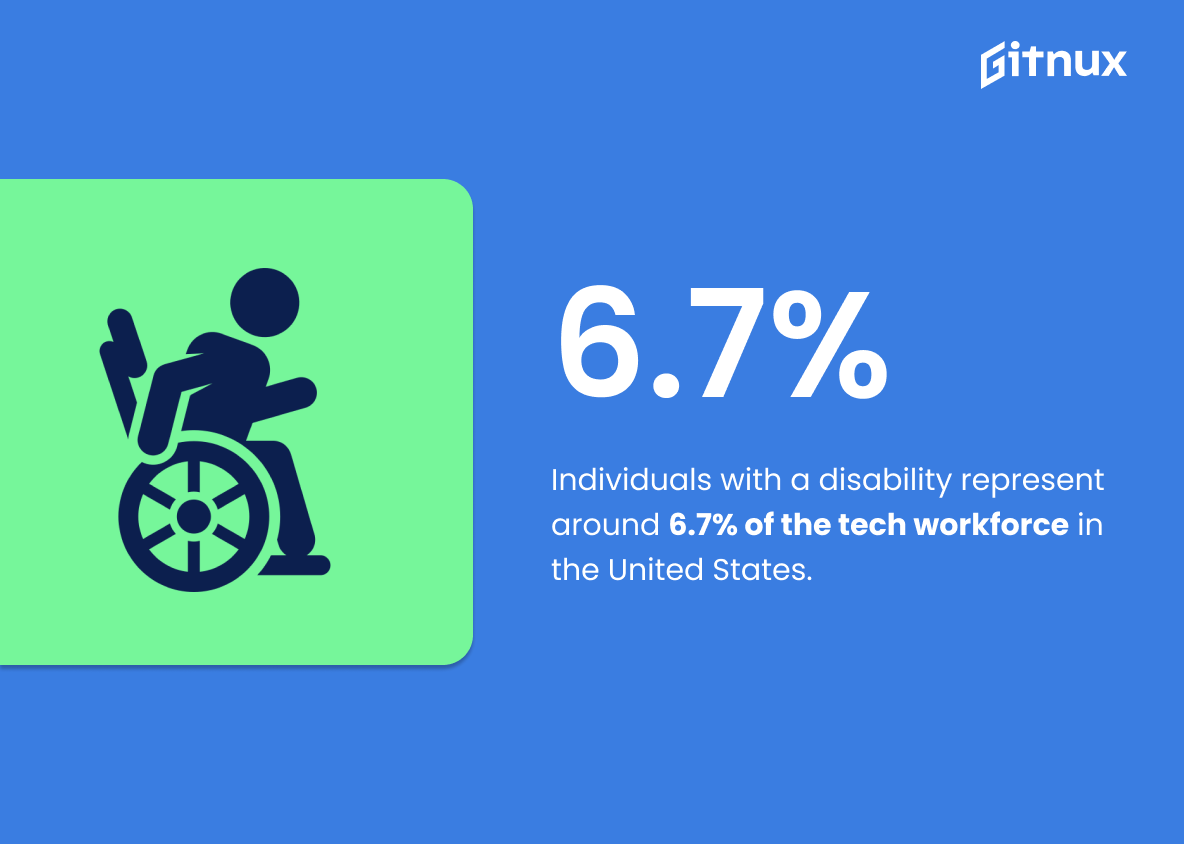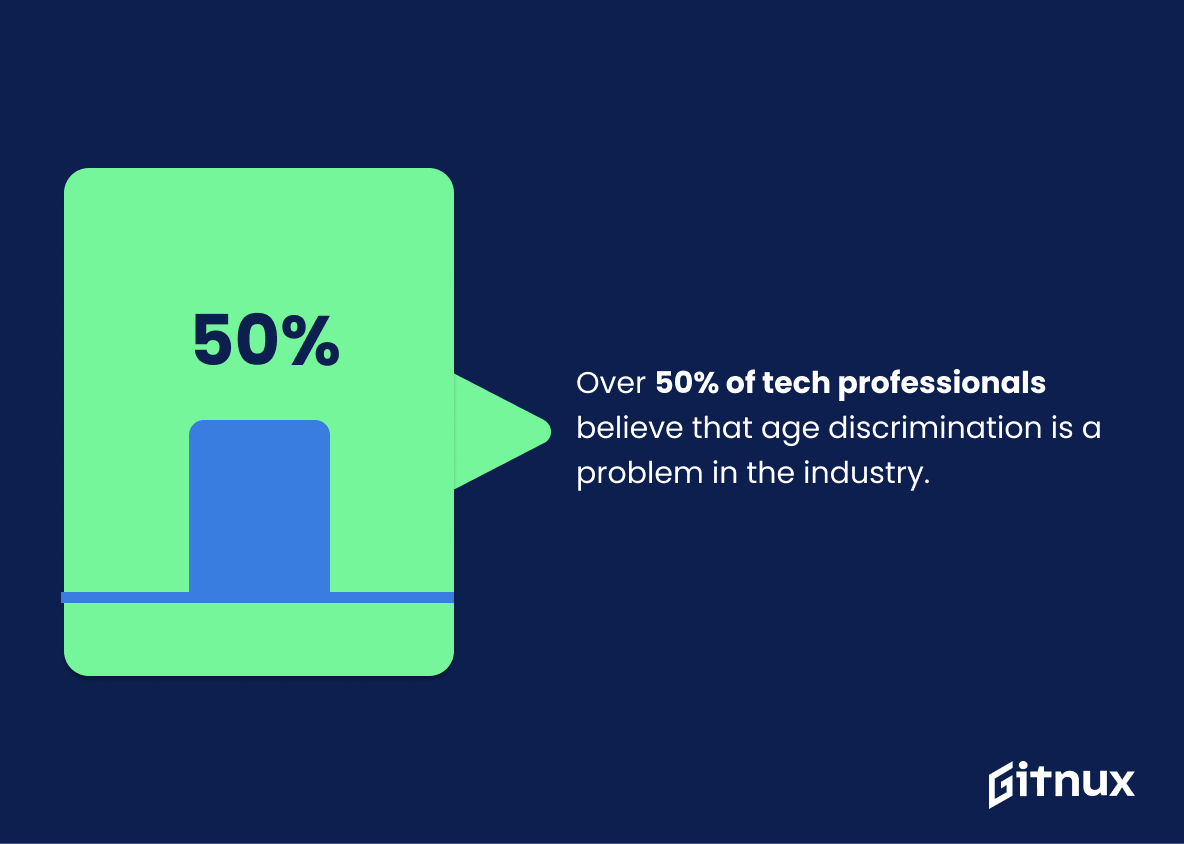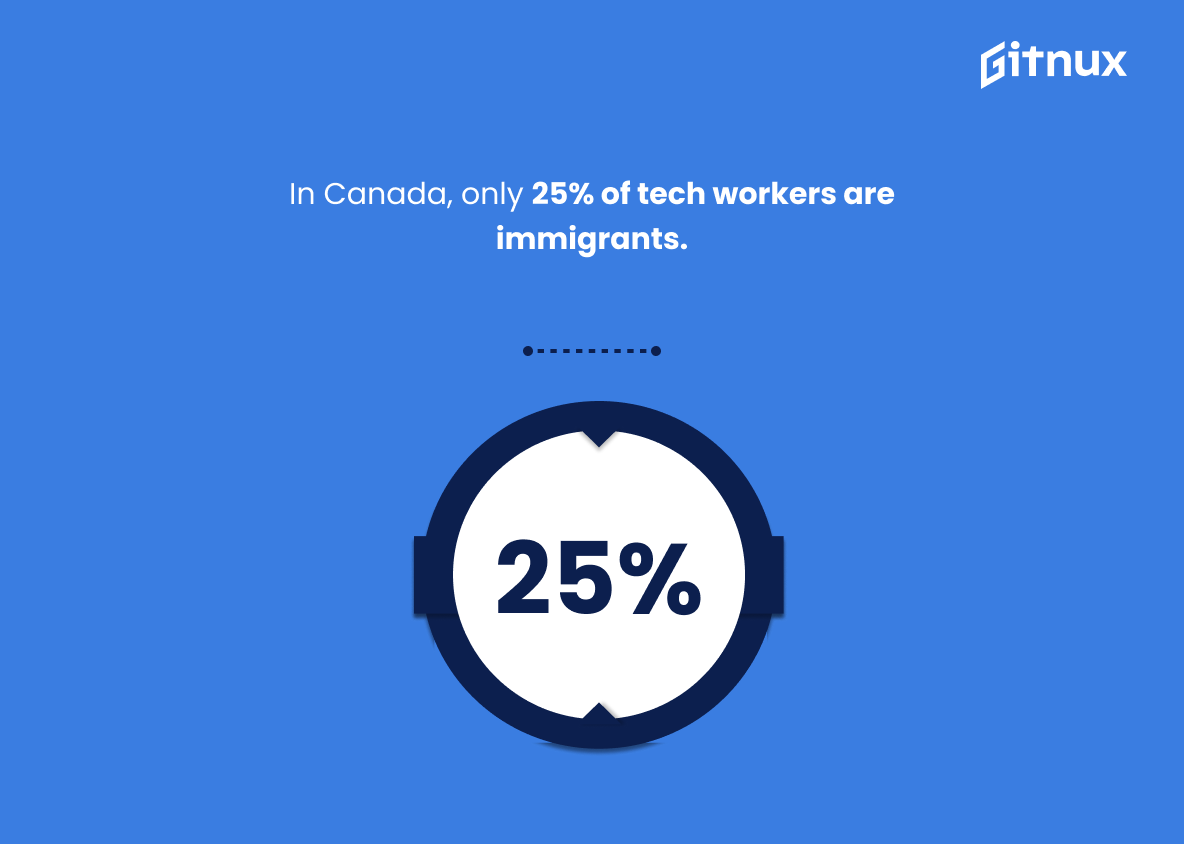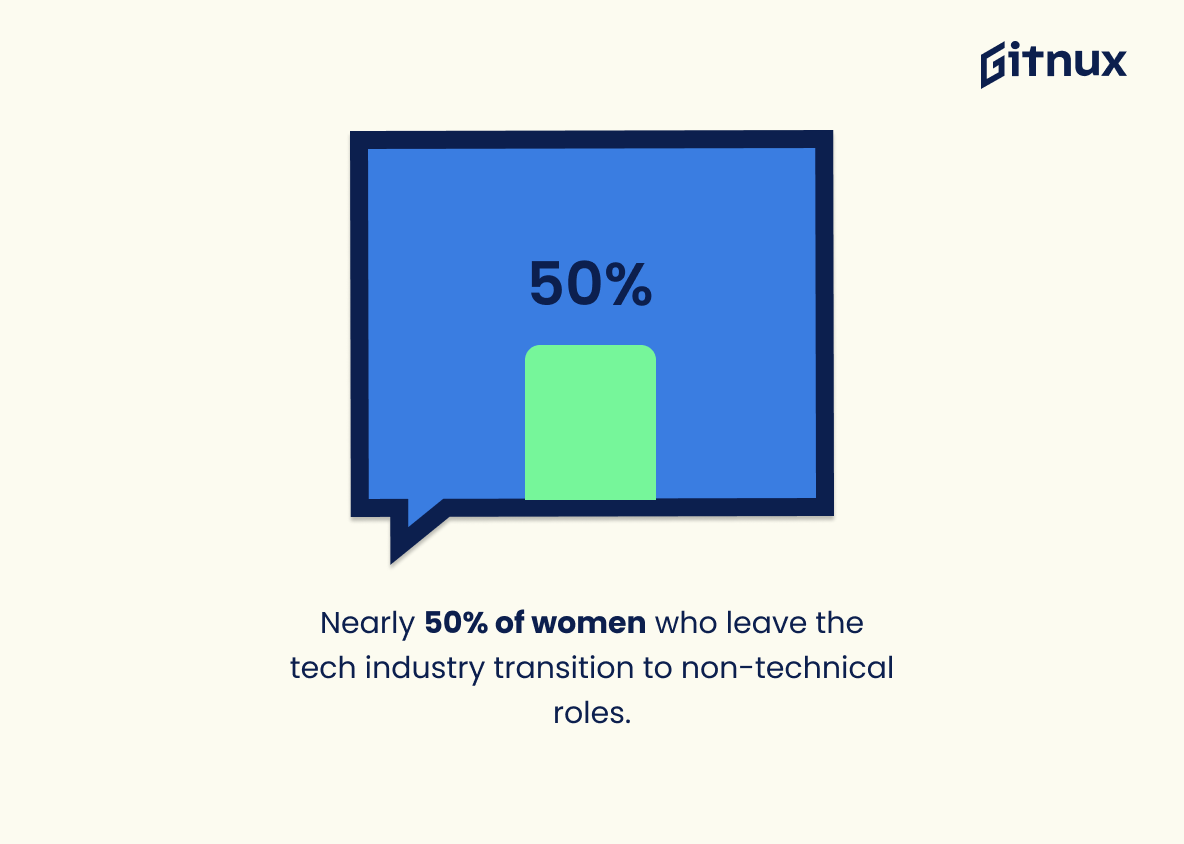Diversity in the tech industry is an important issue that needs to be addressed. Despite efforts from many organizations, there are still significant disparities between genders and ethnicities when it comes to representation in the technology sector. This blog post will explore some of these statistics, including data on women’s participation in tech roles, racial diversity among UK tech workers, Black/African American developers in the US, underrepresented students pursuing computing careers by 2027, higher attrition rates for female employees compared to their male counterparts at Fortune 500 companies CIOs positions held by women Latinx individuals working computer and mathematical occupations’ percentage of female founders within startups gender pay gap between men and women proportion of females employed as IT professionals engineers who identify as LGBTQ+ return on investment generated by female-founded startups disability employment rate amongst ICT workers immigrants holding jobs within Canada entry-level versus C-suite positions filled with people of color transition rate for former female employees leaving the industry. By understanding these numbers we can gain insight into how far we have come towards achieving a more diverse workforce, but also recognize where further progress must be made if true equality is ever going to become a reality.
Diversity In Tech Statistics Overview
In 2020, only 3.1% of developers identified as Black or African American in the United States.
This statistic is a stark reminder of the lack of diversity in the tech industry. It highlights the need for more representation of Black and African American developers in the United States, and the importance of creating an inclusive environment for all developers. It is a call to action for tech companies to take steps to increase diversity in their workforce and create a more equitable industry.
The percentage of women serving as CIOs at Fortune 500 companies reached 21% in 2021.
This statistic is a powerful indicator of the progress being made towards greater diversity in tech. It shows that the number of women in CIO roles at Fortune 500 companies has more than doubled in the last decade, demonstrating that the tech industry is becoming more inclusive and equitable. This is an encouraging sign that the tech industry is taking steps to create a more diverse and inclusive workplace, and that more women are being given the opportunity to lead in the tech space.
Only 14% of Latinx individuals have computer and mathematical occupations in the United States.
This statistic is a stark reminder of the lack of Latinx representation in computer and mathematical occupations in the United States. It highlights the need for more diversity in the tech industry, and the importance of creating an inclusive environment for Latinx individuals to pursue these types of careers.
Approximately 16% of engineers are women.
This statistic is a powerful reminder of the gender gap that still exists in the engineering field. It highlights the need for more diversity in the tech industry, and serves as a call to action for companies to create more equitable and inclusive workplaces. It also serves as a reminder that there is still much work to be done in order to create a more diverse and equitable tech industry.
56% of LGBTQ+ individuals in tech have reported experiencing unfair treatment or discrimination in the workplace.
This statistic is a stark reminder of the discrimination and unfair treatment that LGBTQ+ individuals in tech still face in the workplace. It highlights the need for greater diversity and inclusion in the tech industry, and serves as a call to action for companies to take steps to ensure that all employees are treated with respect and dignity. This statistic is an important part of the conversation about diversity in tech, and should be taken seriously by all stakeholders in the industry.
Individuals with a disability represent around 6.7% of the tech workforce in the United States.
This statistic is a powerful reminder of the need for greater diversity in the tech industry. It highlights the fact that individuals with disabilities are significantly underrepresented in the tech workforce, and that more needs to be done to ensure that everyone has an equal opportunity to pursue a career in tech. This statistic is a call to action for tech companies to take steps to create a more inclusive and diverse workplace.
In Australia, women represent only 28% of workers in the ICT sector.
This statistic is a stark reminder of the gender disparity that exists in the ICT sector in Australia. It highlights the need for greater efforts to be made to ensure that women are given equal opportunities to pursue careers in this field. It also serves as a reminder that there is still a long way to go in terms of achieving true diversity in the tech industry.
Organizations with more diverse management teams achieve 19% higher innovation revenue.
This statistic is a powerful reminder of the importance of diversity in the tech industry. It shows that organizations with more diverse management teams are able to generate 19% more revenue from innovation, demonstrating the tangible benefits of having a diverse team. This highlights the need for tech companies to prioritize diversity in order to maximize their potential for success.
Over 50% of tech professionals believe that age discrimination is a problem in the industry.
This statistic is a stark reminder of the prevalence of age discrimination in the tech industry. It highlights the need for greater awareness and action to ensure that all professionals, regardless of age, are given equal opportunities and respect in the workplace. This statistic is an important part of the conversation about diversity in tech, and it should be taken seriously.
In Canada, only 25% of tech workers are immigrants.
This statistic is a stark reminder of the lack of diversity in the tech industry in Canada. It highlights the need for more initiatives to be taken to ensure that immigrants are given the same opportunities as their Canadian-born counterparts. It also serves as a reminder that the tech industry needs to be more inclusive and welcoming of immigrants in order to create a more diverse and equitable workplace.
In 2018, people of color held 34.3% of entry-level tech jobs, but only 16-18% of C-suite positions in tech.
This statistic serves as a stark reminder of the lack of diversity in the tech industry, particularly at the highest levels. It highlights the need for more equitable representation in the C-suite, and the need for organizations to create pathways for people of color to access these positions. It also speaks to the need for organizations to create an inclusive culture that values and celebrates diversity.
Nearly 50% of women who leave the tech industry transition to non-technical roles.
This statistic is a stark reminder of the lack of diversity in the tech industry. It highlights the fact that women are not being given the same opportunities as their male counterparts, and that they are being pushed out of the industry. This statistic is a call to action for tech companies to create an environment that is more inclusive and supportive of women in tech. It is also a reminder that diversity in tech is not just about hiring more women, but also about creating an environment where they can thrive and succeed.
Conclusion
The statistics presented in this blog post demonstrate the lack of diversity and inclusion within the tech industry. Women, people of color, LGBTQ+ individuals, immigrants, and those with disabilities are all underrepresented in various roles across the sector. This is further compounded by a gender pay gap that exists between male and female professionals as well as age discrimination against older workers. These disparities have serious implications for innovation revenue growth potential due to limited access to diverse perspectives at higher levels of leadership. It is clear that more needs to be done to ensure equitable representation throughout the technology sector if it hopes to reach its full potential.
References
0. – https://www.techrepublic.com
1. – https://www.bls.gov
2. – https://www.greatplacetowork.com
3. – https://www.honeypot.io
4. – https://www.discovere.org
5. – https://www.insights.stackoverflow.com
6. – https://www.pewresearch.org
7. – https://www.bcg.com
8. – https://www.50.statcan.gc.ca
9. – https://www.techuk.org
10. – https://www.computerweekly.com
11. – https://www.gartner.com
12. – https://www.abs.gov.au

